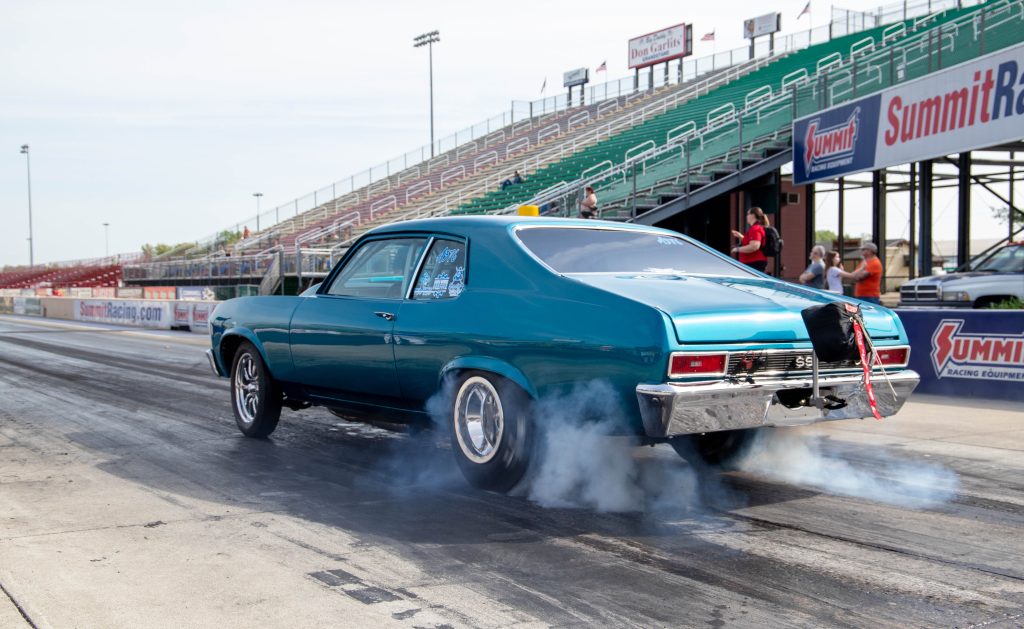You’ve got questions. We’ve got the answers—the Summit Racing tech department tackles your automotive-related conundrums. This week, we’re tuning tire pressure to track surface for maximum traction.
G.L. Alamogordo, NM

Q: I’ve noticed that tires have their maximum inflation pressures on the sidewall. I’ve also noticed it’s possible to attain better fuel mileage using higher pressures than recommended by the car manufacturer, and that lower pressures provide better traction. But no one lists a safe minimum pressure—why?
Second question, how do I choose the tire pressure to give my vehicle the best possible traction?
A: During regular street use, the tire pressure recommended by the vehicle manufacturer is the minimum pressure you should use. But if maximum traction is what you’re after at the track, there’s an easy way to figure the correct tire pressure. Do a short burnout on the track surface and study the tire’s footprint. The mark should be flat and very close to the same width as the tire itself. If the mark is dark and narrow through the center, the tire is over-inflated. If the mark is darkest at the edges, the tire is under-inflated. Add or subtract air as necessary until the mark is as flat as possible.

Comments